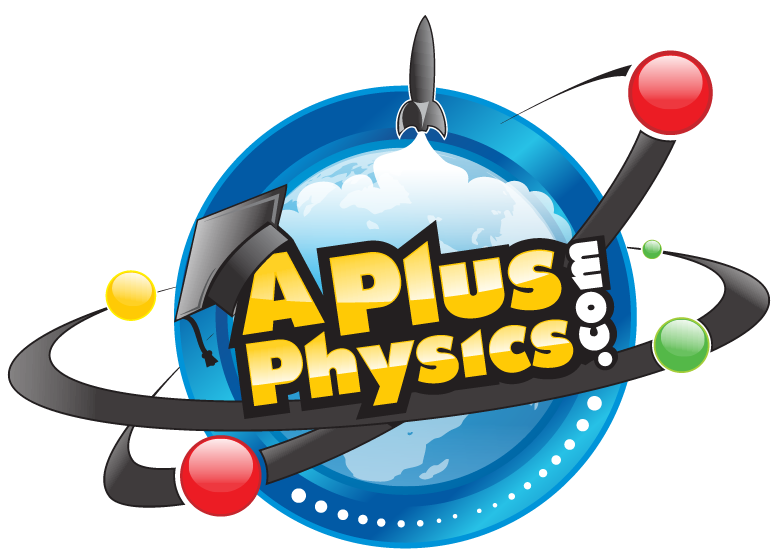
In December of 2013 physicists discovered a way to approximate the amplitude of scattering sub-atomic particles in a way that is much, much simpler than the old method. The idea is that given a set of parameters and whatnot, a geometric object, which is being called an amplituhedron, can be constructed such that it's volume equals the amplitude of a scattered particle from a quantum interaction. The old method involved using hundreds to millions of Feynman diagrams, which show possible ways the particle could scatter, and summing the probability of each situation occurring. Even a simple interaction had to be modeled by a formula several billion terms long but the amplituhedron process reduces that to just a few pages of work. For example, the diagram to the left represents an 8 gluon particle interaction. If the same calculation were to be done with the Feynman method it would involve around 500 pages of calculations. The implications of this are enormous, and this may be a big step in the direction of a functional unified field theory.
 In December of 2013 physicists discovered a way to approximate the amplitude of scattering sub-atomic particles in a way that is much, much simpler than the old method. The idea is that given a set of parameters and whatnot, a geometric object, which is being called an amplituhedron, can be constructed such that it's volume equals the amplitude of a scattered particle from a quantum interaction. The old method involved using hundreds to millions of Feynman diagrams, which show possible ways the particle could scatter, and summing the probability of each situation occurring. Even a simple interaction had to be modeled by a formula several billion terms long but the amplituhedron process reduces that to just a few pages of work. For example, the diagram to the left represents an 8 gluon particle interaction. If the same calculation were to be done with the Feynman method it would involve around 500 pages of calculations. The implications of this are enormous, and this may be a big step in the direction of a functional unified field theory.
In December of 2013 physicists discovered a way to approximate the amplitude of scattering sub-atomic particles in a way that is much, much simpler than the old method. The idea is that given a set of parameters and whatnot, a geometric object, which is being called an amplituhedron, can be constructed such that it's volume equals the amplitude of a scattered particle from a quantum interaction. The old method involved using hundreds to millions of Feynman diagrams, which show possible ways the particle could scatter, and summing the probability of each situation occurring. Even a simple interaction had to be modeled by a formula several billion terms long but the amplituhedron process reduces that to just a few pages of work. For example, the diagram to the left represents an 8 gluon particle interaction. If the same calculation were to be done with the Feynman method it would involve around 500 pages of calculations. The implications of this are enormous, and this may be a big step in the direction of a functional unified field theory.



0 Comments
Recommended Comments
There are no comments to display.